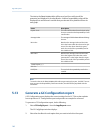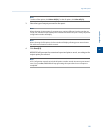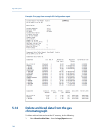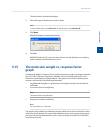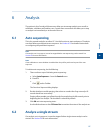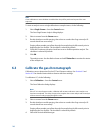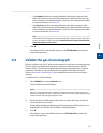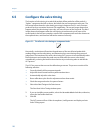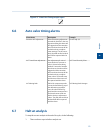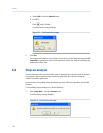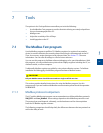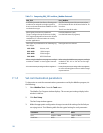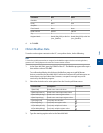Special offers from our partners!

Find Replacement BBQ Parts for 20,308 Models. Repair your BBQ today.

6.5 Configure the valve timing
The function of valve timing is to switch the analytical flow path after all the peak of a
“lighter” component has left a column, but before the next component comes out. The
first image below shows the valve timing occurring in-between the C6+ and n-Pentane
peaks correctly on a standard 4-minute C6+ application. The second image shows what
happens when the valve timing is too early, and cuts off some of the first peak. The third
image shows what happens when the valve timing is too late and cuts of some of the
second peak. In the last two examples, not all of the component will reach the detector at
the expected time, and therefore will not be measured correctly.
The effect of valve timing on component leaks.Figure 6-1:
Historically, a technician will monitor the peak areas of the two affected peaks while
making changes to the valve timing, and determine the correct timing using personal
judgement. The intention of the auto valve timing (AVT) process is to automatically make
the adjustments and monitor the peak areas to determine the correct valve timing
automatically, reducing the load on the technician to just selecting when to initiate the
AVT process.
The AVT is a process that runs on the calibration gas stream. The process consists of the
following activities:
• Correctly identify all the component peaks.
• Adjust the timed events based on peak retention times.
• Automatically adjust the valve time.
• Run a calibration cycle after the adjustments have been made.
• Check the range and order of response factors.
1. Select Auto Valve Timing on the Control menu.
The Start Auto Valve Timing window opens.
2. If you are installing a new module, select the Use module default check box; otherwise,
select the Use Current check box.
3. Click OK.
The AVT process will run. When it completes, it will generate and display an Auto
Valve Timing report.
Analysis
150



